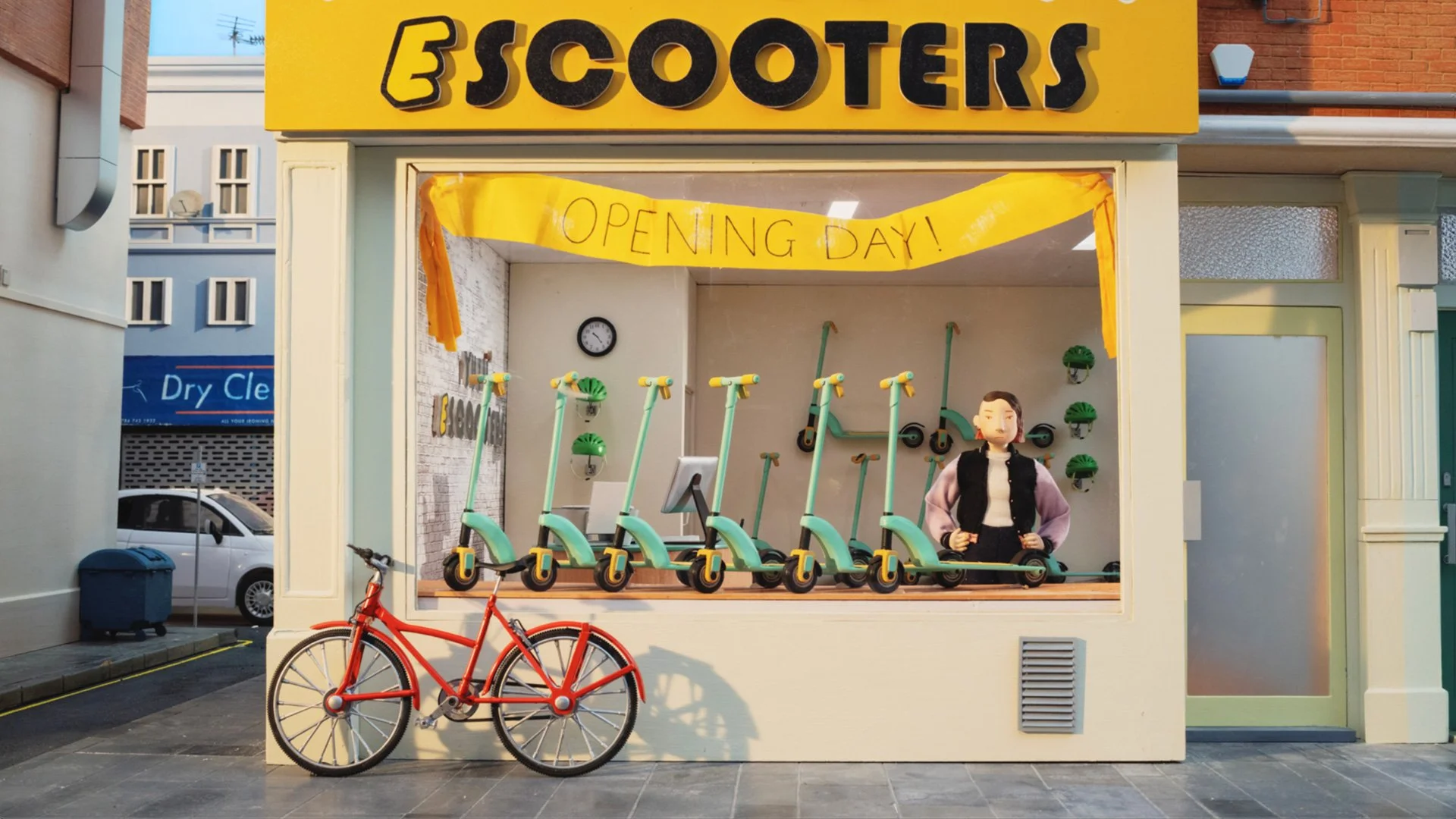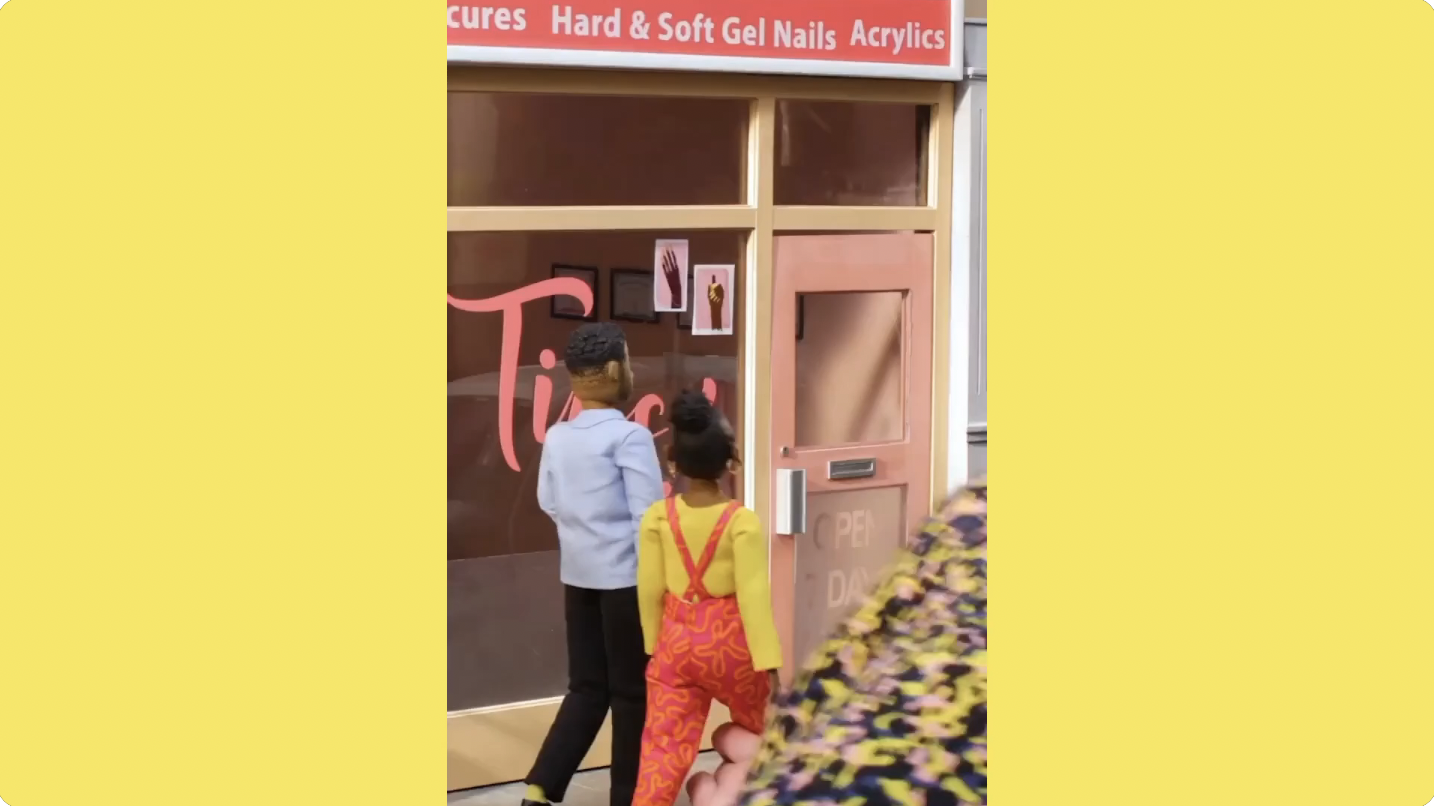
ROWDY's Latest Animation Series Gives Us a Peek into the Ups and Downs of Entrepreneurship
The latest stop-motion animated comedy series ‘All in a Day’s Work’ from Rowdy and Mailchimp Presents covers the ups, downs, and sometimes-painful truths of life as an entrepreneur or small business owner.
We follow a cast of characters pursuing their dreams and facing various challenges: struggling to balance their personal lives with their entrepreneurial ambition, facing choices between their head and heart as they strive to grow their business, and navigating fraying relationships with their collaborators.
ROWDY is a London-based production company: a group of friends, artists, technicians, problem solvers and storytellers who collaborate to bring you award winning content for projects large and small. Their incredible team worked tirelessly to bring everything together for this project in under a year.
We caught up with their director on the project Catherine Prowse to discuss what makes stop motion the perfect medium to tell these types of stories: “There's a sense of intimacy to it because everything is up close in miniature. Each episode is fundamentally about a character, and the tactile nature of stop motion really helps you to follow the characters on their journey. It was also really helpful for world building to fill up every set with all the clutter of that particular business. For instance, one of my model makers created these tiny nail clippers and nail files which were just such satisfying additions to have in the shot”.
Catherine continues and gives us some insight into achieving the perfect model: “I wanted the characters to have a hand-painted look to add to the painterly texture of everything, and we achieved it by scraping into the clay with a scratchy brush to mimic thick paint. Strangely, it was often the outfit that came to me first in the character deign, as clothes are such an expression of character”.
Additionally, she explains that “having to rely on physicality rather than dialogue to tell the story really allowed me to lean into the ‘show, don’t tell’ principle of film making. We had to really get into the characters’ heads and act out what it felt like to walk down the street sadly, or look up at your partner, uncertain of what they’re about to do. When you have to make all those actions read in a way that’s understandable without dialogue you inevitably reach a place that’s more human and relatable.”
Check out some BTS:



